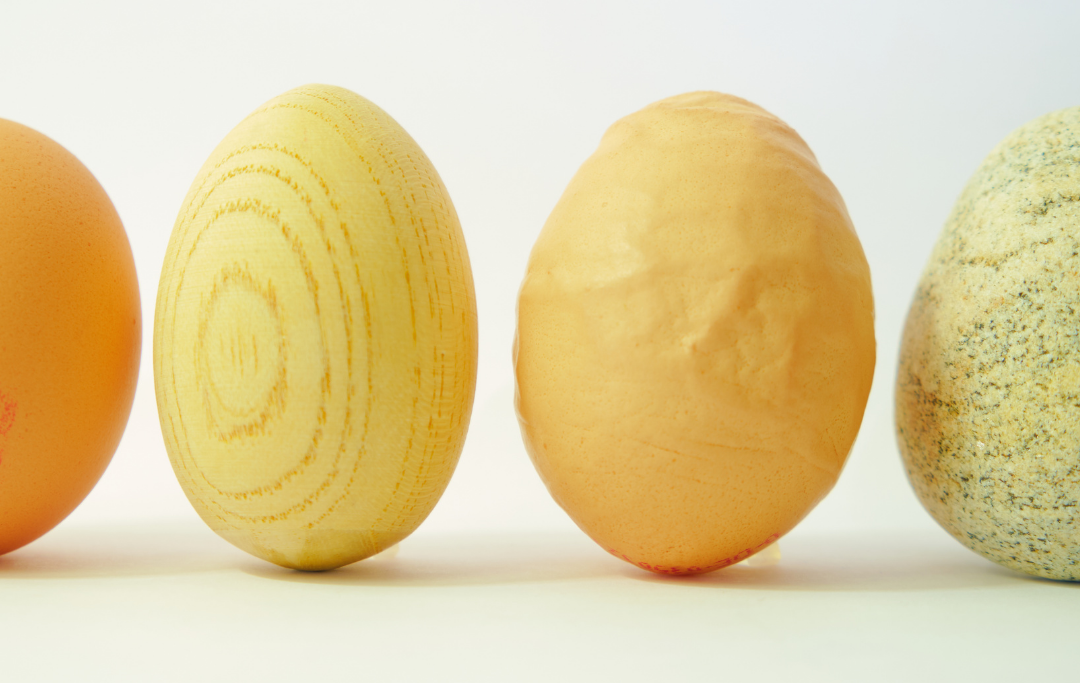Relative Grounds of Oppositions
Everyone desires a smooth process of registration for their intellectual property especially when it comes to the registration of their trademark in foreign countries. According to third parties, it is the other way around. In this article, our subject is relative grounds of oppositions and how to respond to them.

Oppositions are filed within the scope of relative grounds indicated in Article 6 of IP Code No 6769 in Turkey. An application for trademark registration shall be partially or wholly rejected upon opposition if at least one of the following summarized grounds applies to the trademark sign:
* If the sign incurs a likelihood of confusion/association with an earlier trademark application or registration or non-registered trademark along with the goods or services covered. (Art 6/1, 6/3)
* If an identical or indistinguishably similar sign is filed in bad faith or by a commercial agent or a representative in their name. (Art 6/2, 6/9)
* If the sign is identical with or similar to the well-known trademarks within the context of Article 6 bis of the Paris Convention or identical with, or similar to, an earlier well-known/reputed registered trademark. (Art 6/4, 6/5)
* If the sign consists of a person’s name, trade name, photography, copyright, or any other intellectual property right of another. (Art 6/6)
* If the sign is identical with or similar to a non-renewed registered trademark or a collective mark or a guarantee mark with identical or similar goods or services. (Art 6/7, 6/8)
Suppose an international trademark registration designated to Turkey or a national trademark application is subject to opposition based on at least one of the grounds above and not defended properly with a counterview. In that case, the Turkish Patent & Trademark Office may reject the trademark partially or wholly depending on the arguments of the opponent.

To take action against the opposition, the trademark holder should take action against the opposition with a solid counterview and respond to the opposition arguing that the opposed trademark application does not overlap with the opponent’s earlier rights.
The counterview should be prepared properly and contain the counterarguments for every ground of the opposition. The most common grounds are Art 6/1 and Art 6/3 concerning the likelihood of confusion or association between trademarks of applicant and opponent. If the opponent based the opposition on mentioned grounds, for instance, the counterview must contain conceptual, aural, and visual comparisons.
Additionally, if the opponent based their opposition on an earlier trademark registration that was registered at least 5 years earlier than the opposed trademark application, the applicant may request a proof of use claim against the earlier trademark registrations of the opponent along with the counterview.
And as a third and somehow least preferred but most beneficial option is to offer negotiation to the opponent of an agreement or, quite the opposite, withdrawal of their opposition.
Nevertheless, if no action is taken against the opposition, the chance of success of the opponent will increase and Opposition Division may reject the trademark application partially or wholly.
Article by: Hande Tasan, IP Consultant
